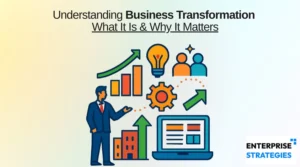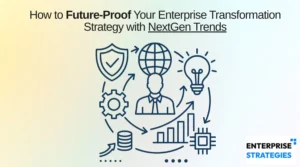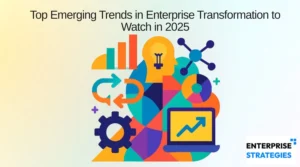Last week, I covered three fundamental ways enterprise social media is valuable to adopters at every level of your company. To round out the topic, I’m sharing three more. Winning over stakeholders and decision makers is impossible if you aren’t speaking their language.
Tapping into what your audience will get out of enterprise social media will help you make your case.
One of the most important points in rallying around internal social media strategies is that all of the stakeholders — from the new hire to the seasoned executive — all stand to gain. The benefits run deep.
4. Internal experts become findable.
When you have approximately 21,000 coworkers around the world, finding the right person in your company to help you perform as well as you can is difficult. McGraw-Hill calls its enterprise social media platform Buzz. The company says it helps employees “work smarter, faster and more efficiently.” One big advantage to Buzz is that it enables users to set up and search on social-enabled personal profiles. Such profiles evolve based on what employees are working on, and grow according to what areas of expertise they are mastering.
How much information can your company’s employees glean from a traditional corporate directory? A job title gives you an idea about someone’s area of expertise, but reaching out to someone based on his or her department name is typically a waste of time for the employee looking for information and the employee receiving the request.
With enterprise social media, employees and managers can search for a specific skill or area of expertise. They can see which social interactions coworkers have had and they can market themselves by keeping their profiles fresh. An enterprise social media profile can include things someone has created, groups they are involved in, blog posts and comments they have written, and feedback they have received from other people. Enterprise social media enables users to find the experts within their own company.
5. Social interactions enable serendipity and clarity.
The social nature of enterprise social media lends itself to discovering things by “chance” and to encouraging interactions that lead to understanding. Take two examples:
Serendipity isn’t dumb luck. You can facilitate serendipity. Say I work for an insurance company and I’m working to underwrite a bluewater hull deal (a specialized area of insurance that covers clients such as tankers and cruise vessels that have certain marine-related risks). I know what I know, and it’s probably not enough to get the deal done.
But I see in my company’s activity stream that someone is talking to someone else at Maersk, the giant tanker and shipping company. Through my enterprise social media platform, I can see who this person is, how they are creating content and how they are conversing with other people. By having access to my coworkers’ activities, I discovered this valuable contact. Do you call that serendipity?
Understanding is a conversation. I work for a benefits group that is embracing an enterprise social media platform. Instead of posting announcements related to my company’s benefits program, my group is posting items in an open forum, which enables employees to ask questions and get answers from human resources professionals. All of the questions are documented and contained. If a benefits adjustment or change to health care legislation is in question, an employee can ask for clarification or justification.
Instead of issues becoming tangled up in an email stream or the latest water cooler fodder — up for interpretation by anyone within earshot — issues are addressed directly by an HR representative. An added advantage: executives watching how well the changes are communicated don’t see any negative internal backlash. Through the meaningful conversations that enterprise social media enables, employees have a voice, and the information my group needs to communicate is better understood.
6. Conversations build to make companies smarter.
As employees interact with their coworkers and management on projects, ideas emerge, directions shift, responsibilities are handed out and sources mingle. If these interactions are happening via email, phone or face to face, valuable information is essentially lost.
Enterprise social media empowers companies with stored collaboration capabilities. Dion Hinchcliffe, the definitive arbiter of “stored collaboration” and Enterprise 2.0 thought leader, writes,
“Stored collaboration can be reused beyond the initial collaboration to teach, inform, train, orient, and retain knowledge for an unlimited time — months and years afterward — instead of expiring unseen.”
When you are capturing, storing and reusing information from past interactions, everyone involved can use that knowledge to support a project’s success. Weeks and even months later, if someone new is brought onto a project, she has the digital trail to bring her up to speed. If a detail or deadline is unclear, that too can be easily found via enterprise social media. When someone has a brilliant idea on his own, he can add it to the conversation without scheduling a conference call. Neither employers nor employees want to waste time and energy chasing details and directions of past conversations. Stored collaboration through enterprise social media maximizes the value of these internal interactions.
Check out Part 1 of “How Enterprise Social Media is Valuable to Every Level of Your Company.”




